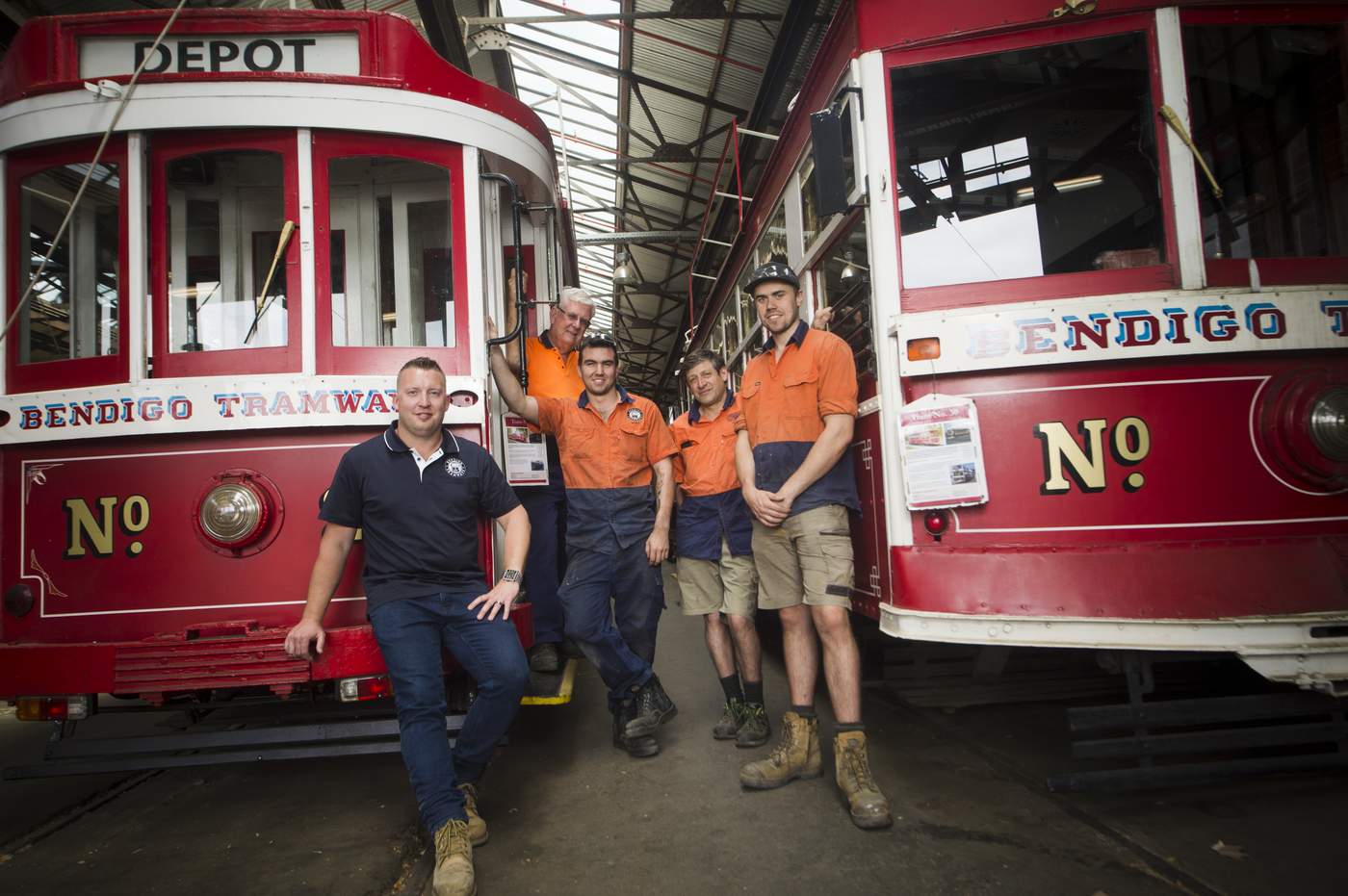Restoring old trams, reviving lost trades
They revived the lost art of coach building – now they’re in high demand.
Byline: Story by Joseph Hinchliffe, Photos by Darren Howe
12 December 2016



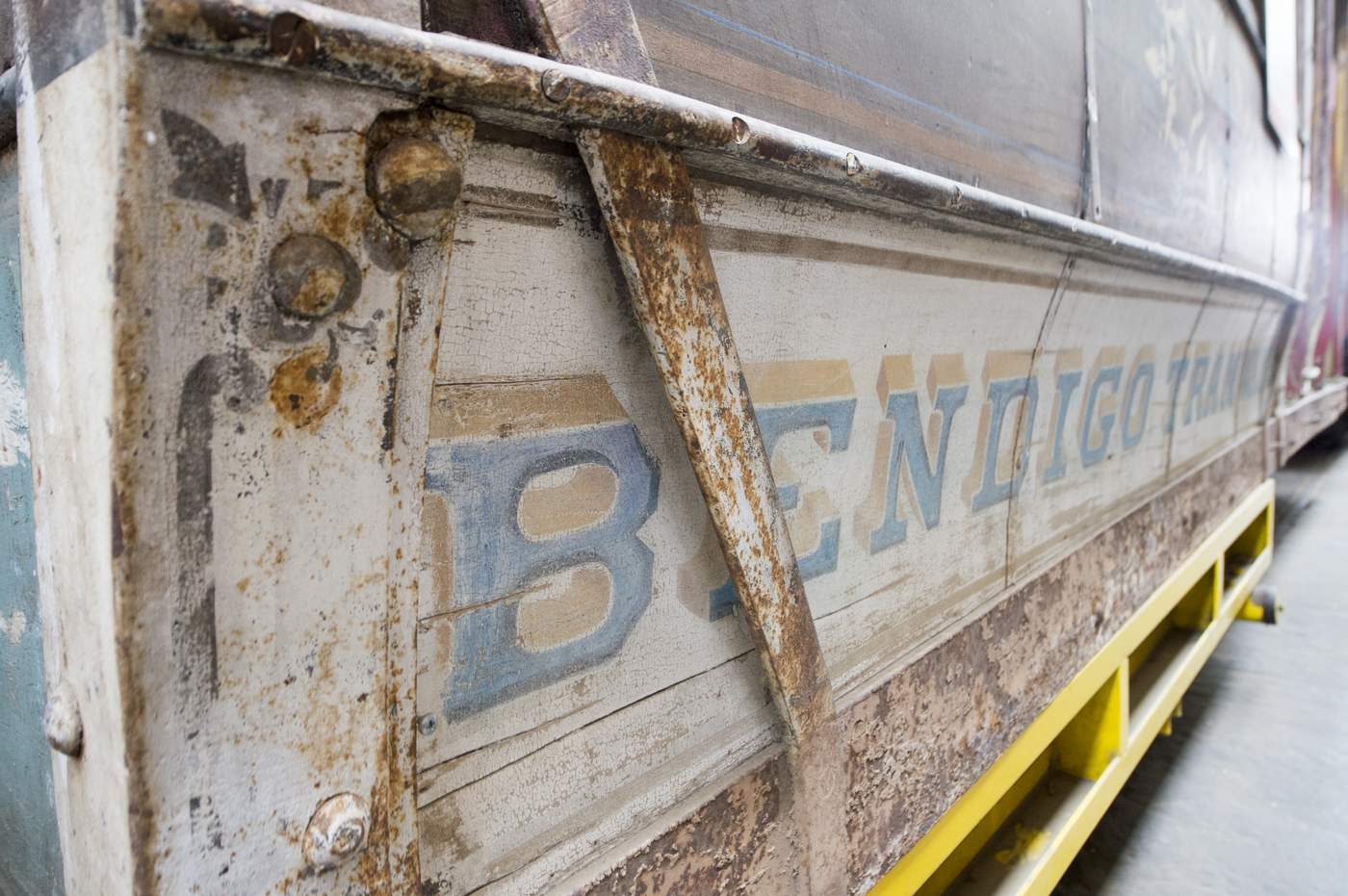
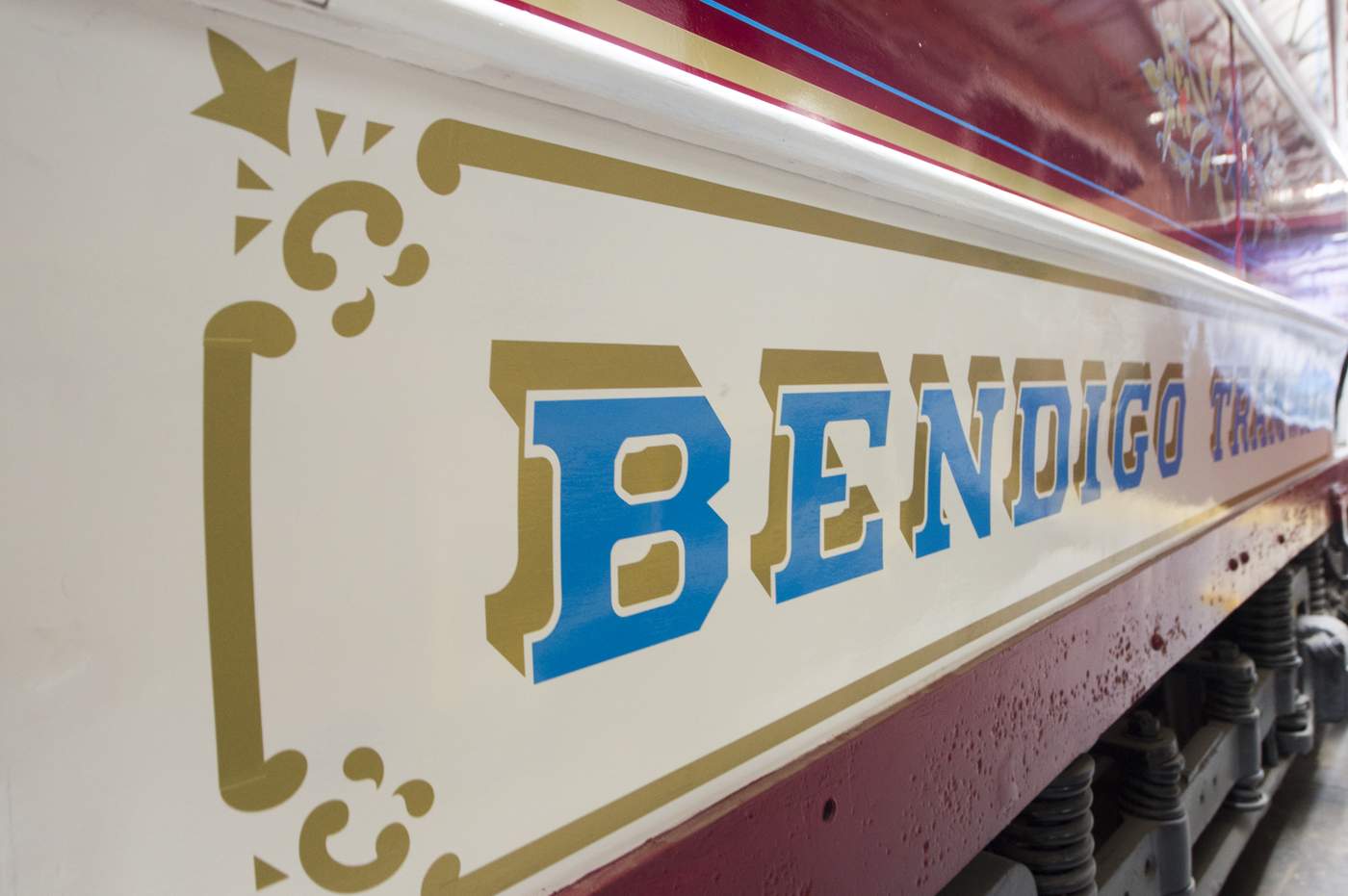
Tramways manager Luke Jenkins worked his way to the top of a team of about 30 workers “the old fashioned way”.
Fifteen years ago he was the first person in Bendigo to complete an apprenticeship which gave him the skill set required to restore trams to working order.
“Because there’s no such thing as a coach builder anymore, which is what the old trade would have been called, Bendigo TAFE ran a whole new course,” he said
Mr Jenkins ended up with three qualifications – he’s a cabinet maker, a furniture maker and a wood machinist – in an apprenticeship specifically tailored for the needs of the tramways depot.
After working his way up the ranks he now leads a team of young boiler makers, former railway workers and veteran carpenters whose combined skill set can’t be found anywhere else in the country.
Take a tour of the Bendigo Tramways Depot, starting with the first coach it acquired for restoration.
It’s a point of pride for tramways inspector Mick McGowan, who helped save Bendigo’s trams when the commuter service ended in 1972.
Dubbed “the Oracle,” he’s part of a brigade of volunteers who provide an encyclopedic knowledge of trams into which the young tradies tap as they look to revive the skills to fix a technology whose heyday passed before they were born.
“That’s why we’re the sought after supplier to other tramways, because we now actually have the skill base which is no longer available elsewhere in Australia,” Mr McGowan said.
The Bendigo Depot has a national reach. Here’s Mick McGowan with a Launceston tram bound for a Sydney museum.
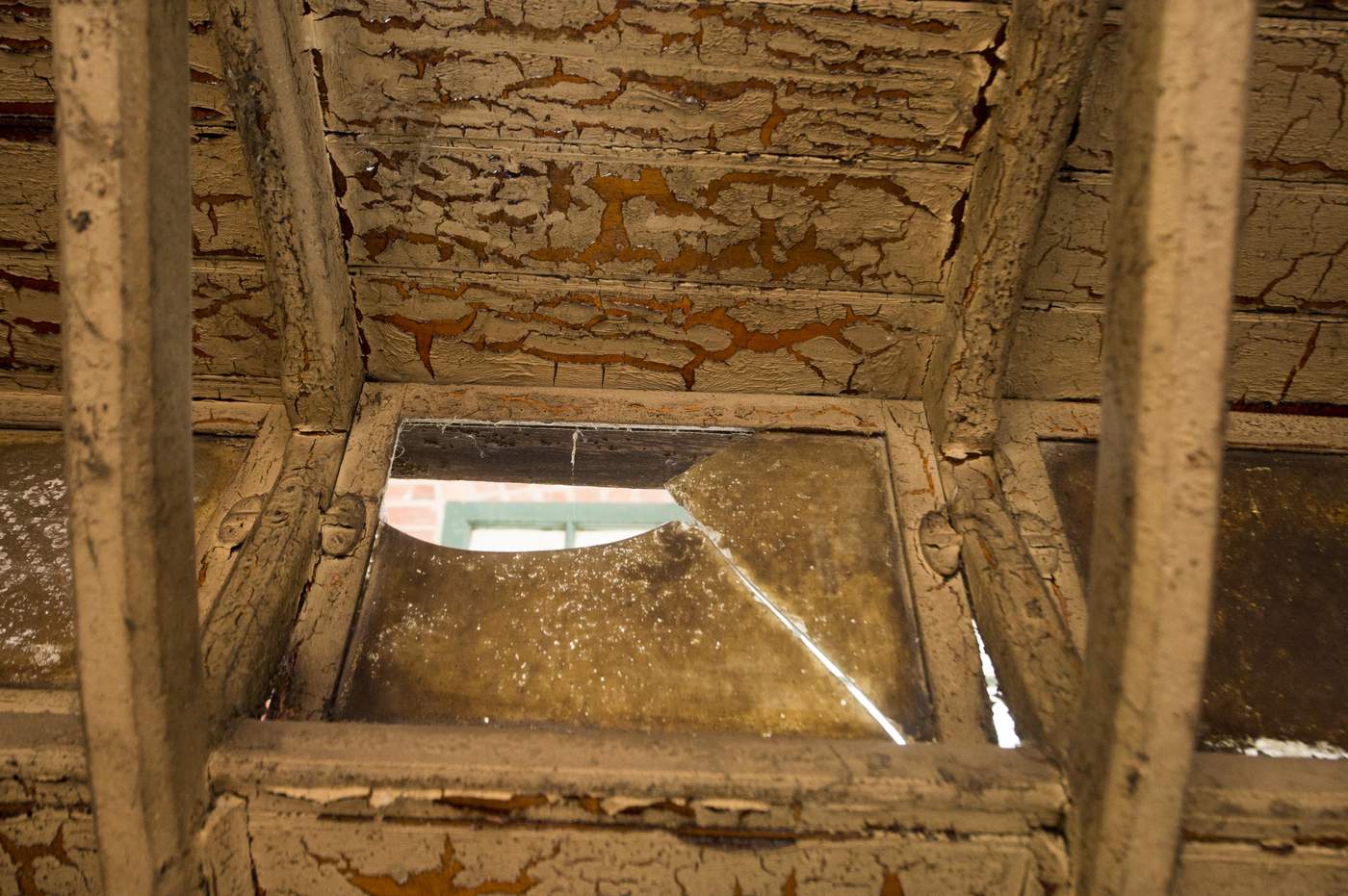
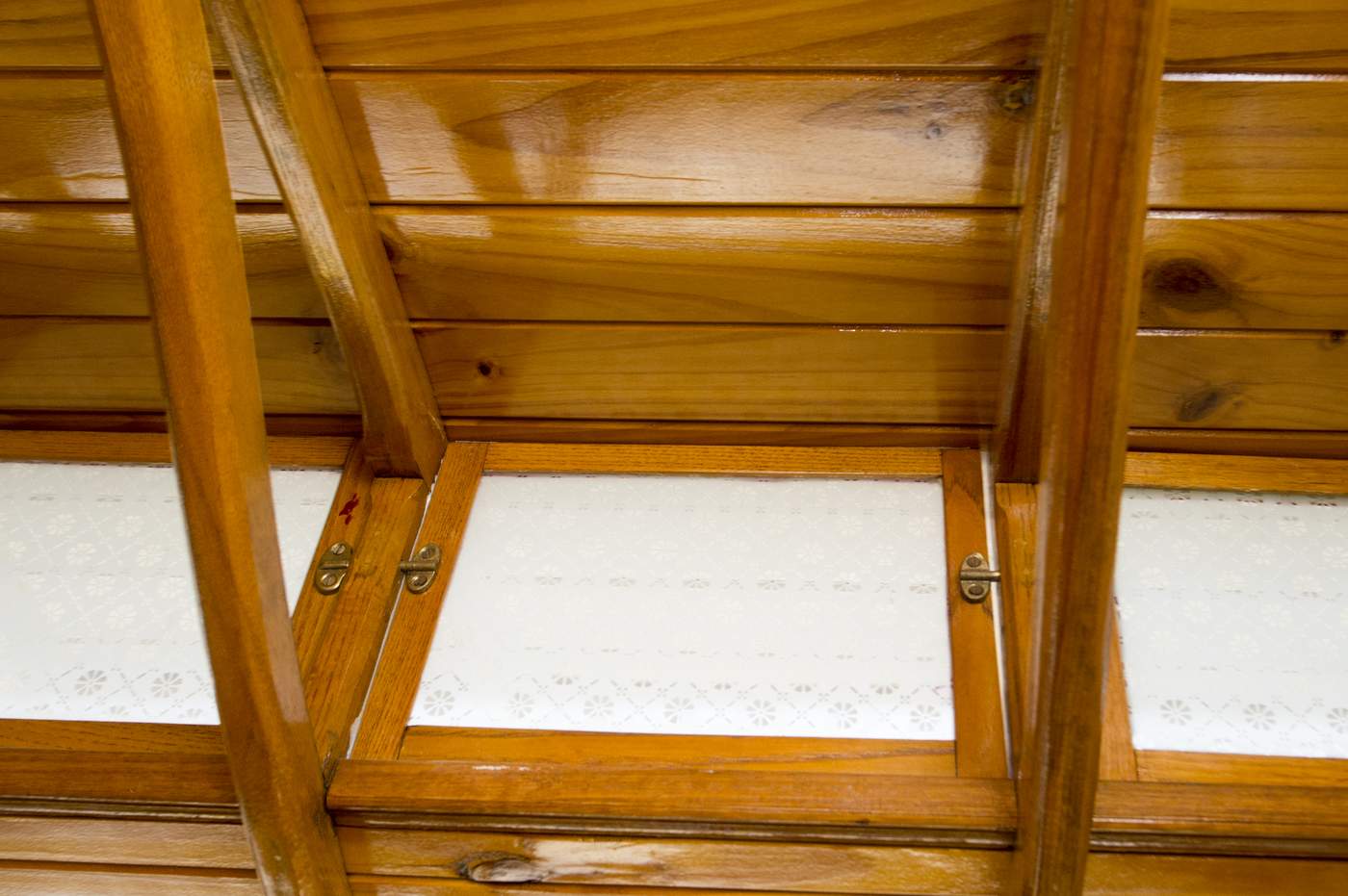
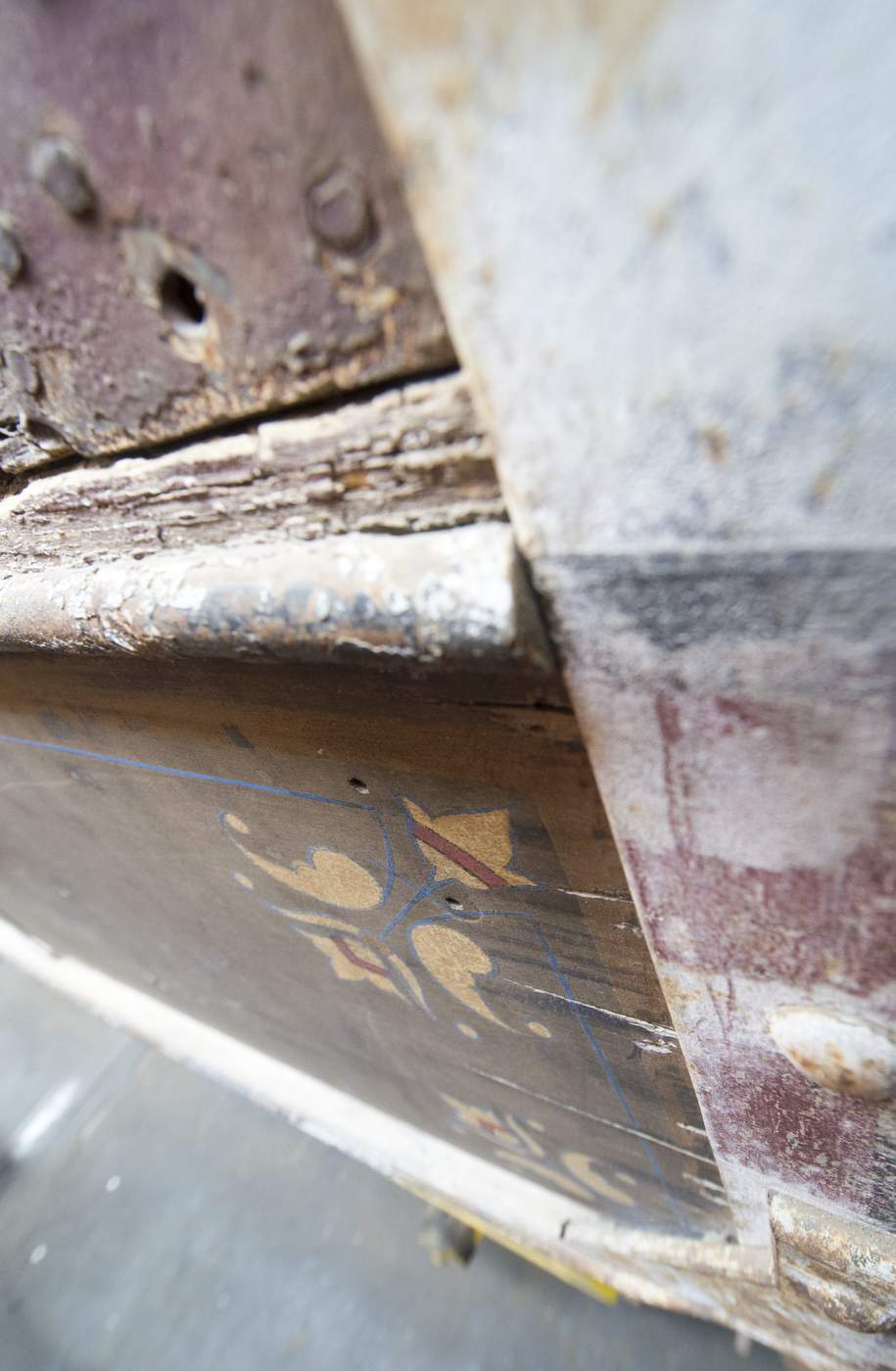
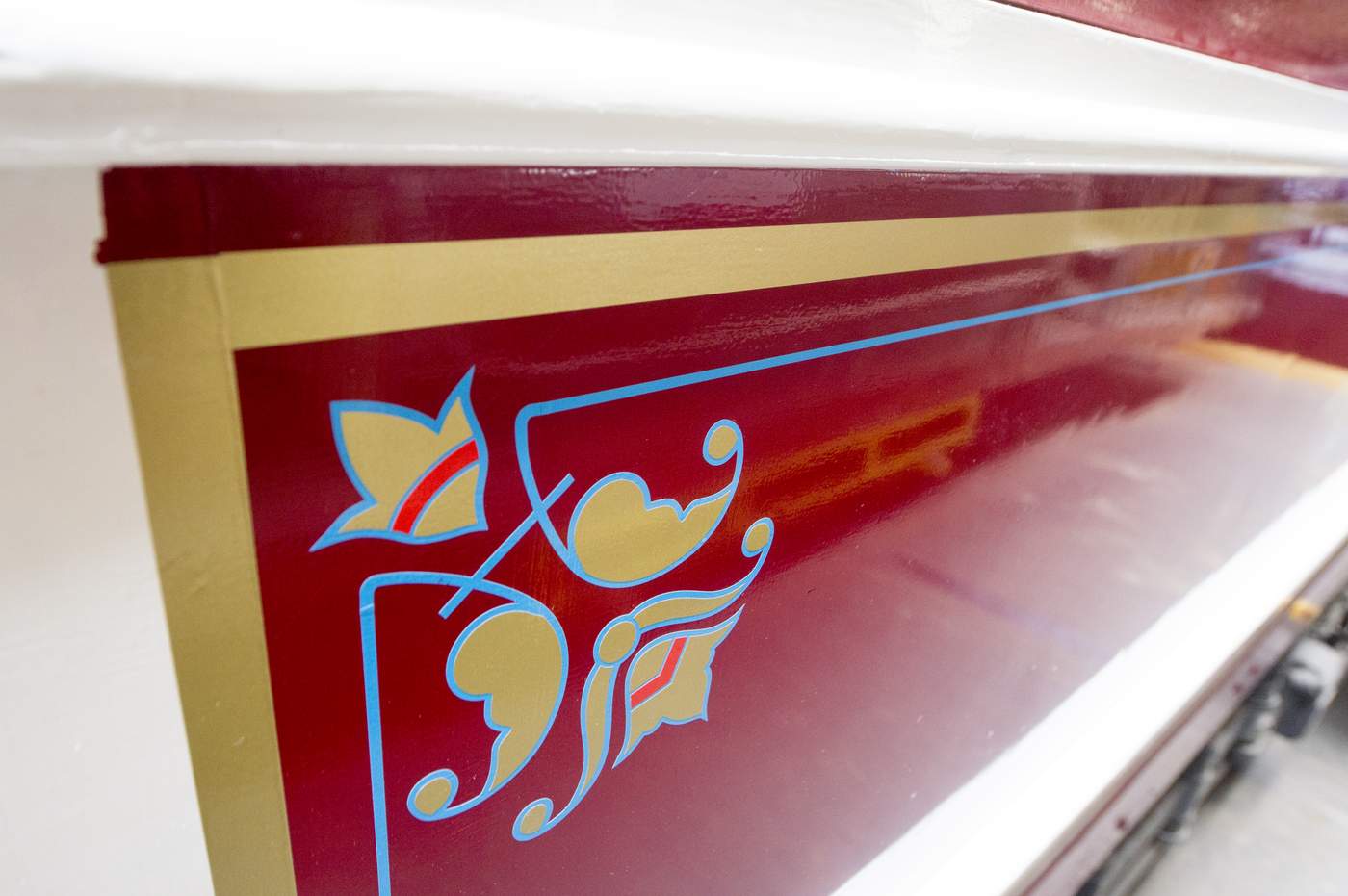
These two trams give you a sense of what the trams look like when they first come into depot and the way they look when they leave.
Among those clients is the only extensive commuter tram operator in the country.
The Bendigo workshop has restored three of the 1940s and 1950s-era W-Class trams now running again on Melbourne’s City Circuit.
Mr Jenkins and his team are currently working on two more of the iconic green and gold trams and are confident of securing more orders.
“Yarra Trams are now coming to us – they’ve made all of those skills redundant,” Mr McGowan said.
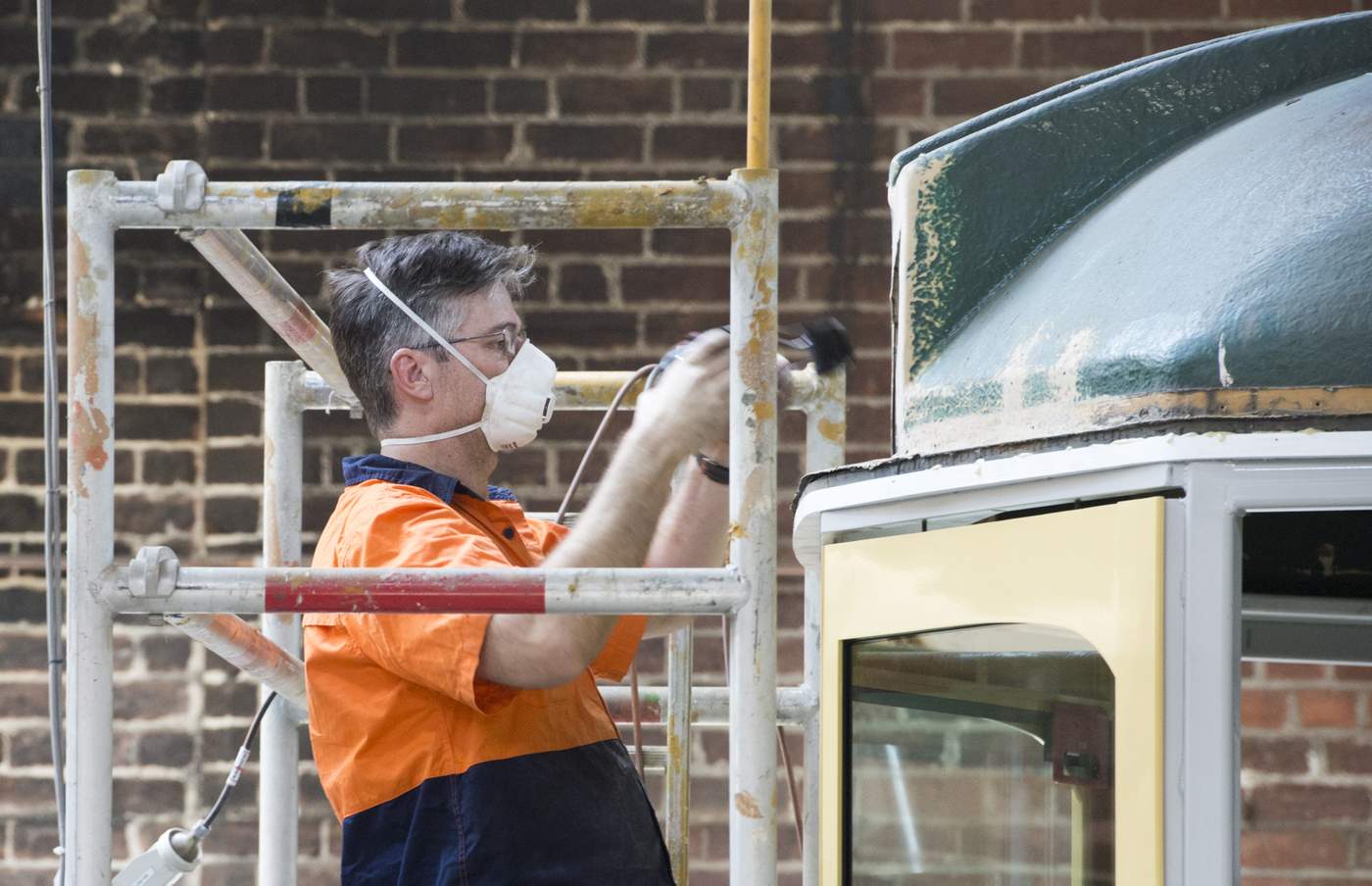
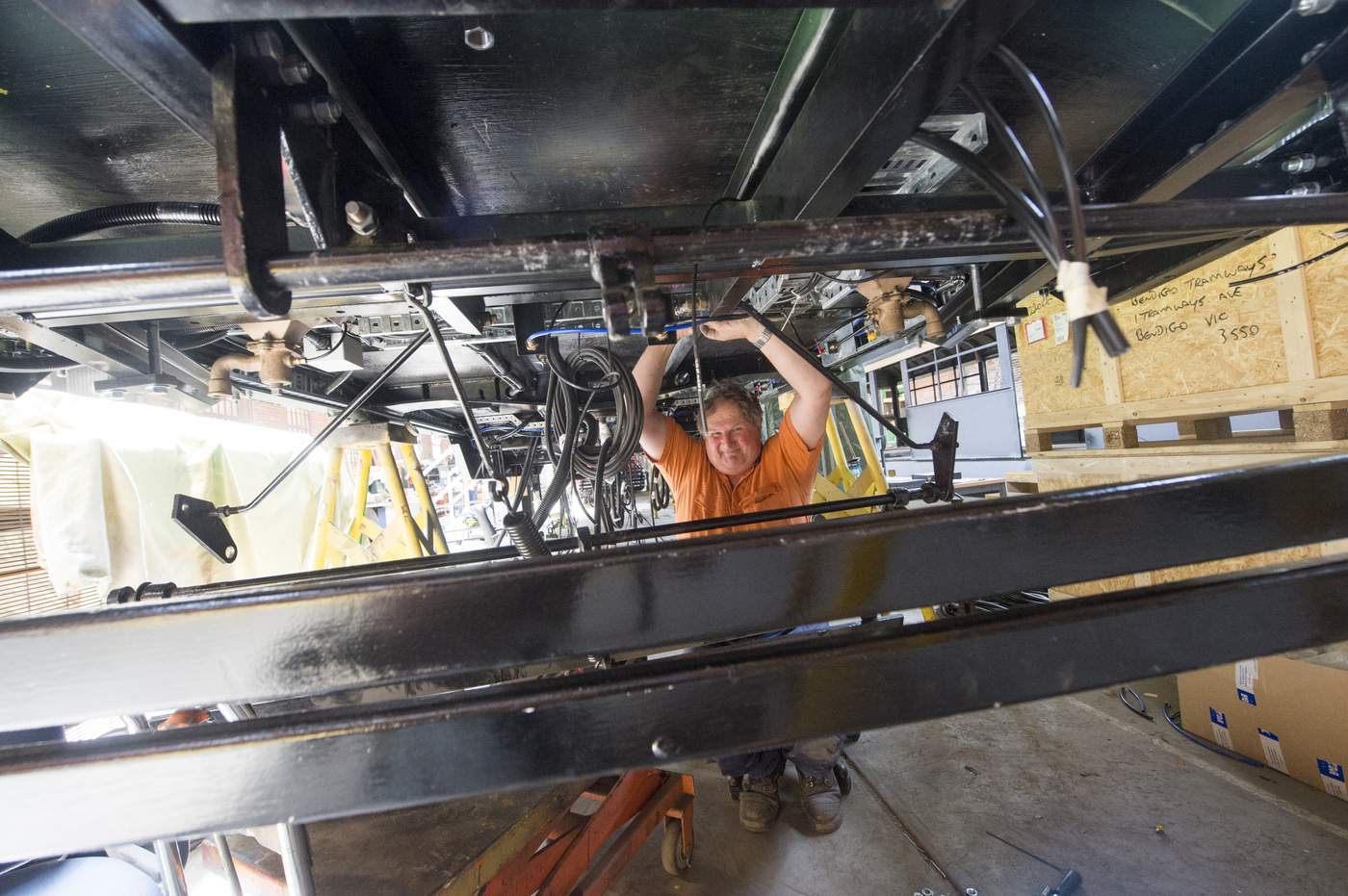
But they’re not just putting old trams back on the tracks. Bendigo Tramways workers are being commissioned to transform the hulking steel and timber structures for entirely new purposes.
Which is where the reality TV contestant comes into the picture.
That would be Duncan Miller, who joined up with best mate Mark Bowyer to form the ‘two fat tradies’ team on The Block .
Now a property developer, Mr Miller has bought several WWII-era Sydney R1-class trams. One sits completed in the Bendigo depot after undergoing a radical transformation.
“We’ve restored the exterior to as close to the original condition as was possible,” Mr Jenkin said. “But the inside’s been converted to house a commercial kitchen.
“The plan for this one was to go into the courtyard of a restaurant where it’ll serve coffee, food and drinks.”
The conversion was a first for the Bendigo team – but it didn’t prove the last.
Mr Jenkins’ crew have since refitted another Melbourne tram which from next year will be used to serve crepes and coffee in the Queen Victoria Market.
Not all the restored trams will end up back on the tracks. This one will be used to serve food and drinks.
The skill set the Bendigo depot has created has given it a national reach.
Sydney can claim the Southern Hemisphere’s tramway museum but when they acquire an old coach they cart it to central Victoria to restore it to its former glory.
“The Sydney Tramways Museum is trying to build a collection with at least one vehicle from every town that operated electric trams in Australia,” Mr McGowan said standing in front another restoration work in progress.
“This is the Launceston representative.”
That reach is not confined to this country. The depot has sent parts and coaches to the United States and across the Tasman – a tram restored in Bendigo operated in Auckland for the Rugby World Cup.
But though its list of achievements is impressive, listening to the depot chiefs rattle it off you get the sense that they believe its best days still lie ahead.
There is a sense of excitement in the workshop.
And perhaps the depot’s most important project is not a tram its converting into a restaurant or an icon its putting back onto the tracks.
It’s people like Paul Summersgill.
He’s just the second person to have completed the modern-day coach building course, but he’s not the only young tradie learning his craft in the Bendigo Tramways.
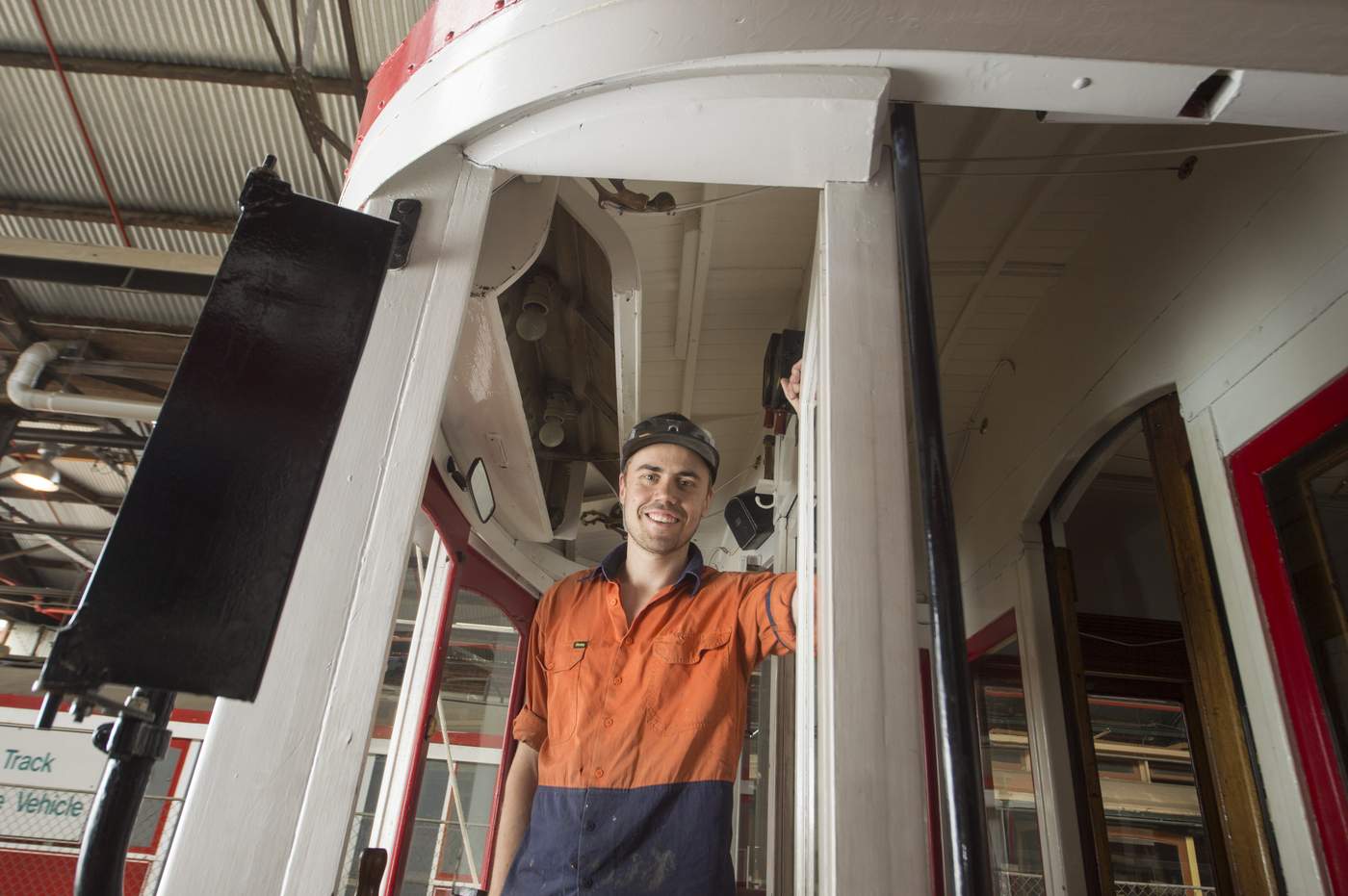
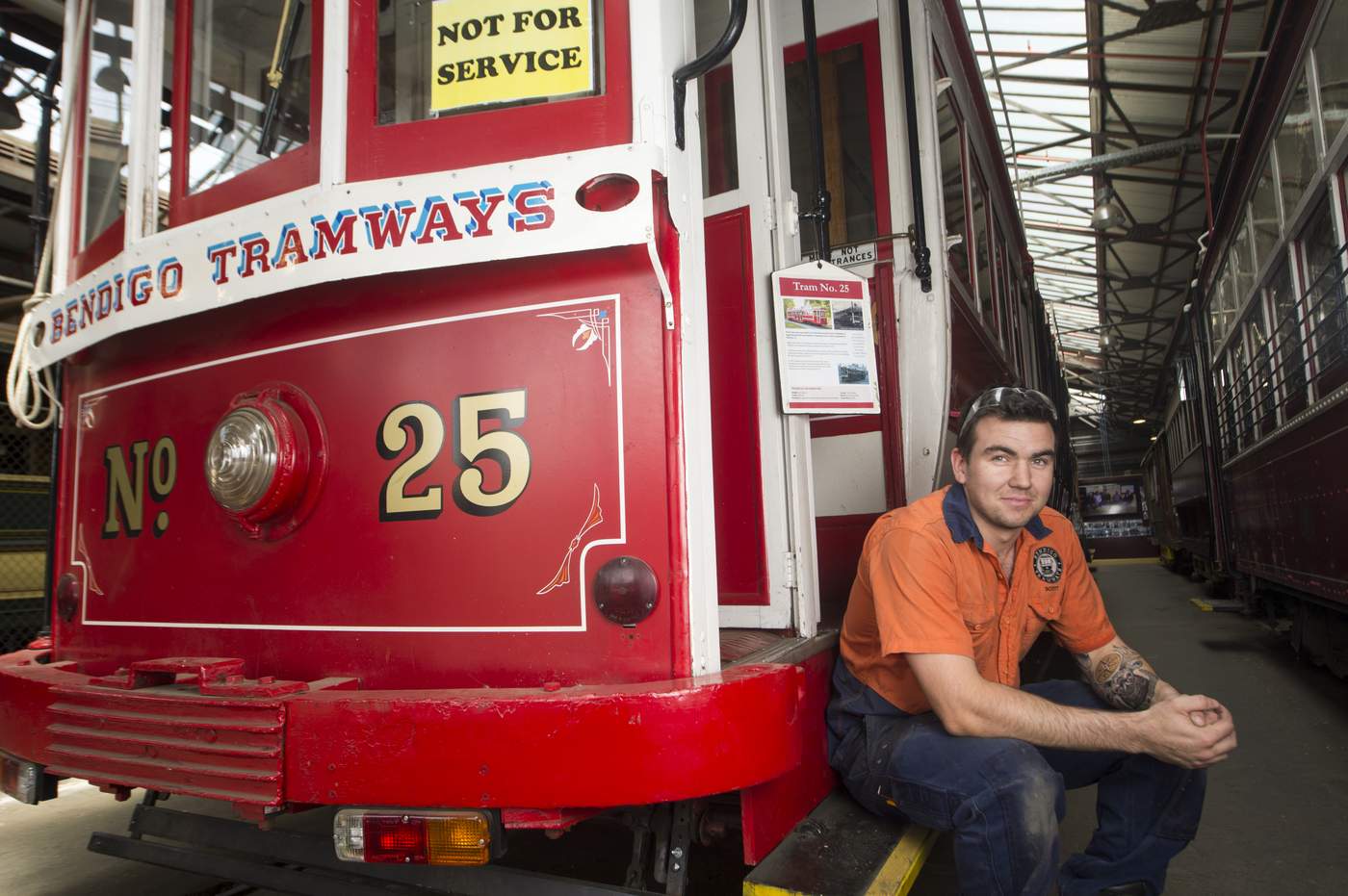
Around these young guys learning to master their unique craft are veteran tradies learning to repurpose theirs.
Charlie Bovalino crafted custom-made furniture for 35 years before “retiring” into his new role as a carpenter at the tramways depot. Aside from “keeping the young ones in line” he said he relished the challenge of restoring the handiwork of past generations.
“No two trams are ever alike, even though they’re the same class of tram you can't take anything for granted … they're hand-made, basically, different people have worked on them over the years, they’ve been in accidents,” he said.
“So you’ve got to craft the bits to fit.”
But only Bendigo has the people to bring them back to life.

Credits:
Story by Joseph Hinchliffe
Photos by Darren Howe
Digital producer: Jordan Avery
